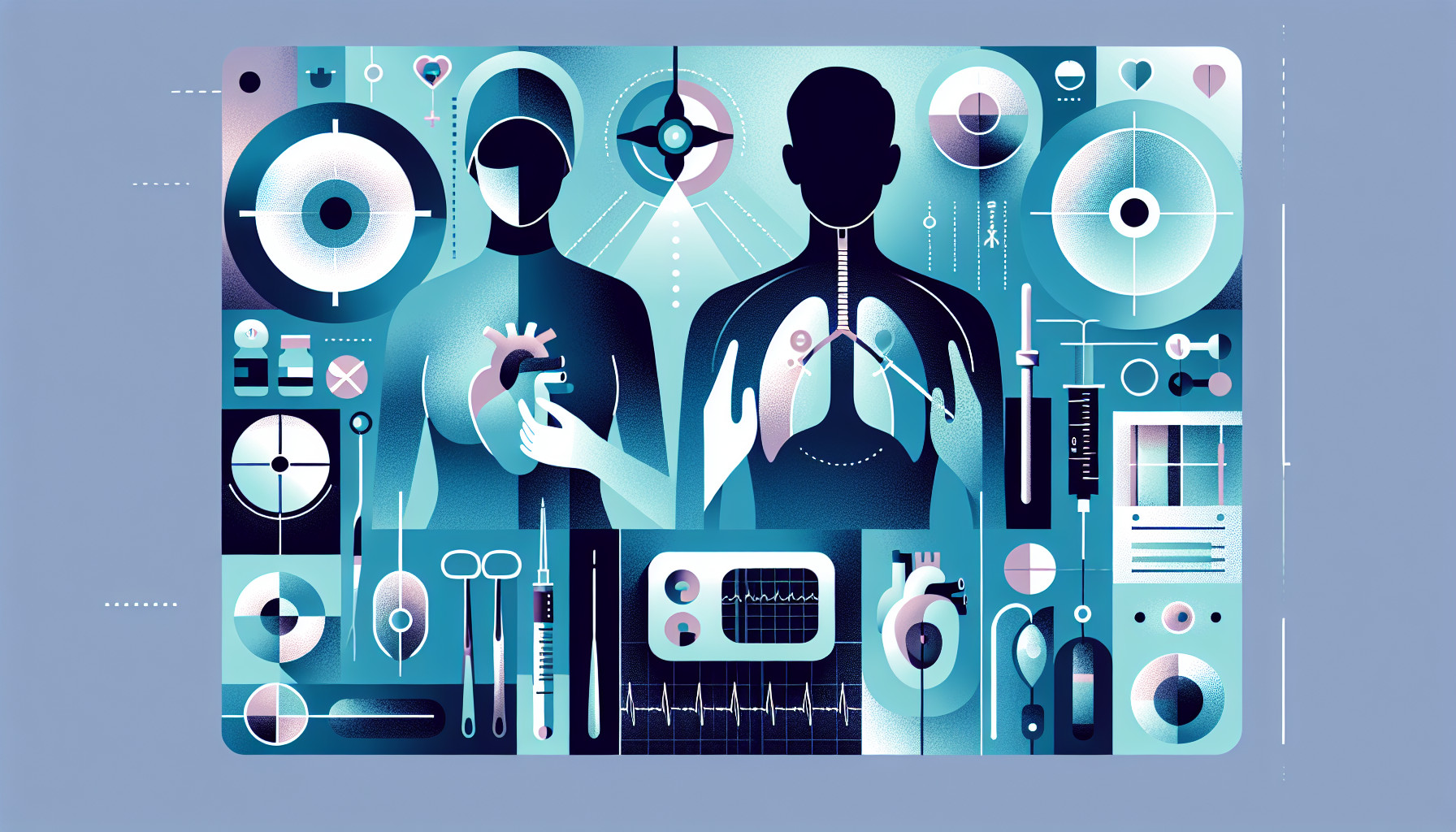Our Summary
Mediastinal surgery involves operating on the area in the chest that houses vital organs like the heart and lungs. The close proximity of these organs makes the surgery difficult. However, the use of robotic assistance has greatly improved the precision of such operations, especially in cancer-related cases. The most common type of this surgery is anterior mediastinal operations, where the thymus gland is removed. The thoroughness with which this procedure is done is crucial. The rapid global development of robot-assisted mediastinal surgery shows its significance in advancing minimally invasive chest surgery.
FAQs
- What is mediastinal surgery and what organs are involved?
- How has the use of robotic assistance improved the precision of mediastinal surgeries?
- What is the most common type of mediastinal surgery and why is it crucial?
Doctor’s Tip
It is important to follow all pre- and post-operative instructions provided by your healthcare team to ensure a successful recovery. This may include restrictions on physical activity, pain management strategies, and monitoring for any potential complications. Additionally, make sure to communicate openly with your healthcare team about any concerns or questions you may have throughout the process.
Suitable For
Patients who may be recommended for thoracic surgery include those with:
Lung cancer: Surgery may be recommended as part of a treatment plan for lung cancer, particularly in early-stage cases.
Esophageal cancer: Surgery may be recommended to remove part or all of the esophagus in cases of esophageal cancer.
Mediastinal tumors: Surgery may be recommended to remove tumors in the mediastinum, the area in the chest between the lungs.
Thymoma: Surgery may be recommended to remove tumors of the thymus gland, such as thymomas.
Myasthenia gravis: In some cases of myasthenia gravis, surgery to remove the thymus gland may be recommended to improve symptoms.
Hiatal hernia: Surgery may be recommended to repair a hiatal hernia, where part of the stomach protrudes into the chest cavity.
Achalasia: Surgery may be recommended to treat achalasia, a condition where the lower esophageal sphincter does not relax properly, causing difficulty swallowing.
Lung infections or abscesses: Surgery may be recommended to drain and treat severe lung infections or abscesses that do not respond to other treatments.
It is important for patients to discuss their individual case with their healthcare provider to determine if thoracic surgery is the best treatment option for them.
Timeline
Before thoracic surgery:
- Patient consultation and evaluation by a thoracic surgeon to determine the need for surgery
- Pre-operative tests such as blood work, imaging scans, and a physical examination to assess the patient’s overall health
- Discussion of the risks and benefits of the surgery with the patient
- Pre-operative preparation which may include quitting smoking, adjusting medications, and fasting before the surgery
After thoracic surgery:
- Recovery in the intensive care unit (ICU) immediately following the surgery
- Monitoring of vital signs and pain management by the medical team
- Gradual transition to a regular hospital room once stable
- Physical therapy and breathing exercises to aid in recovery and prevent complications such as pneumonia
- Discharge from the hospital with instructions for at-home care and follow-up appointments with the surgeon
- Rehabilitation and recovery at home, including restrictions on physical activity and medication management
- Follow-up appointments with the surgeon to monitor healing and address any concerns or complications
- Gradual return to normal activities and daily life as healing progresses.
What to Ask Your Doctor
- What specific type of thoracic surgery do you recommend for my condition?
- What are the potential risks and complications associated with this surgery?
- What is the expected recovery time and rehabilitation process after the surgery?
- How experienced are you in performing this type of thoracic surgery?
- Will the surgery be done using robotic assistance? If so, what are the benefits of using this technology?
- How long will I need to stay in the hospital after the surgery?
- Will I need any additional treatments or therapies after the surgery?
- What can I expect in terms of pain management during and after the surgery?
- Are there any lifestyle changes I should make before or after the surgery to improve my outcomes?
- What is the success rate of this type of surgery for my specific condition?
Reference
Authors: Rückert JC, Huang L. Journal: Zentralbl Chir. 2023 Aug;148(S 01):S17-S25. doi: 10.1055/a-1921-1530. Epub 2022 Oct 4. PMID: 36195108
